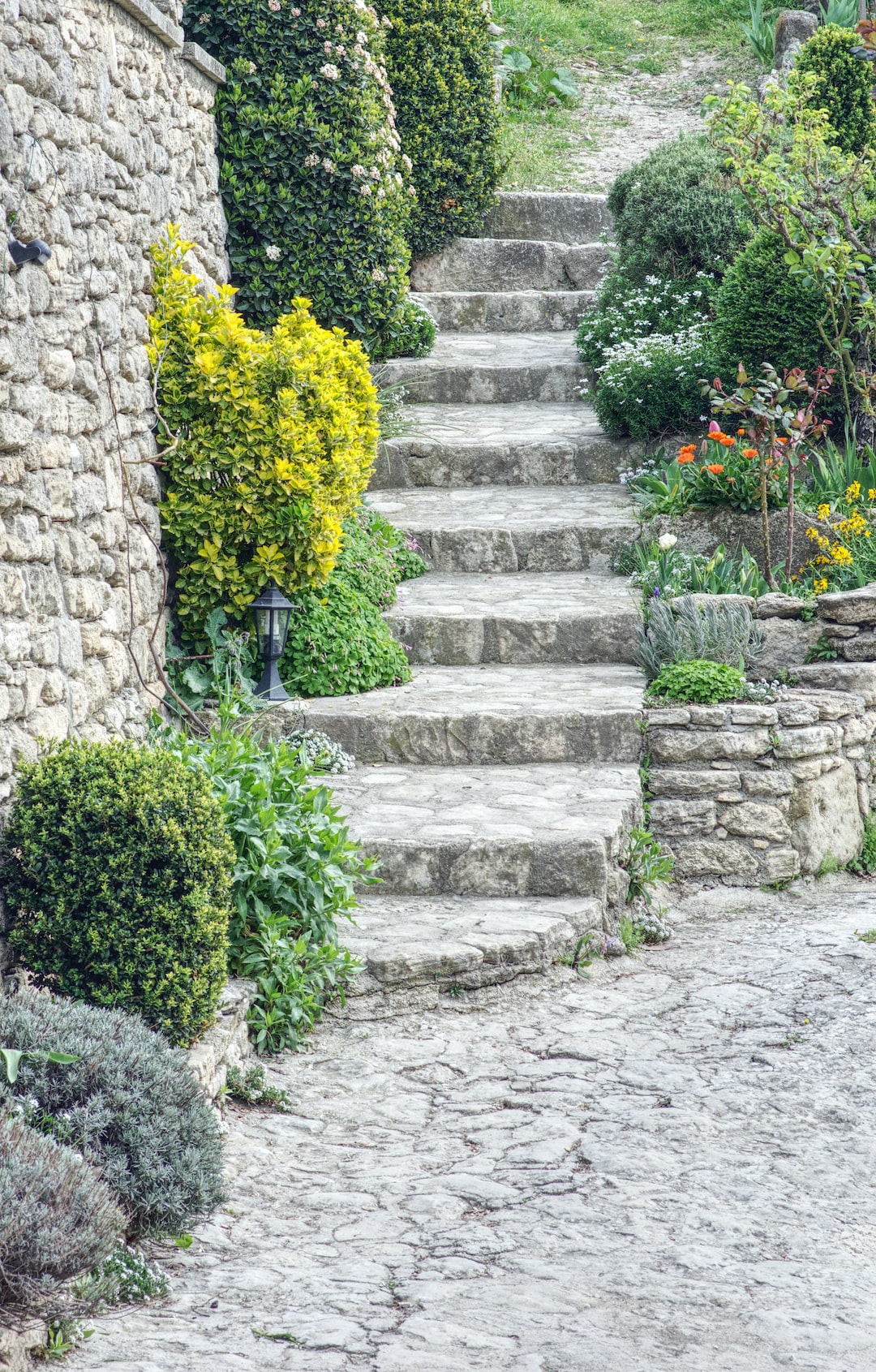The Wonder of Winter Gardening: Tips and Tricks
Winter often brings to mind cold, snow, and dormant plants. But did you know that with a little know-how and strategic planning, your garden can still thrive even during the coldest months? Winter gardening may sound like a daunting task, but it can be an incredibly rewarding and fruitful endeavor. In this blog post, we will explore the wonder of winter gardening and provide you with some tips and tricks to help you get started.
One of the keys to successful winter gardening is careful selection of plants that are well-suited for the cold weather. While many plants go dormant during winter, some are specifically adapted to withstand the harsh conditions. Evergreen trees and shrubs, such as holly or boxwood, add beauty and structure to your winter garden. Winter-flowering plants like witch hazel, camellia, or winter jasmine can provide a splash of color in an otherwise dull landscape. Additionally, consider growing cold-hardy vegetables like kale, Brussels sprouts, or winter spinach, which can thrive in colder temperatures.
Another essential aspect of winter gardening is protection. Cold temperatures, frost, and snow can be harsh on delicate plants. One effective way to protect your plants is by using mulch. A layer of mulch around the base of plants helps to insulate the soil, keeping it warmer during freezing temperatures. Additionally, mulch suppresses weed growth, retains moisture, and prevents soil erosion. Organic materials like straw, leaves, or wood chips make excellent mulch options.
To safeguard plants from freezing temperatures, you can also use various types of covers. Frost covers or cloches can be used to protect more delicate plants from frost damage. These covers create a microclimate around the plants, trapping heat and preventing freezing. Other options include cold frames or hoop houses, which act as mini-greenhouses and provide additional protection from the elements.
Another method to enhance winter gardening is by utilizing cold frames or greenhouses. Cold frames are simple structures with transparent tops that can be opened during warmer days and closed at night or during harsh weather. These structures capture heat from the sun, creating a warm environment for plants and extending the growing season. Greenhouses, on the other hand, are more advanced structures that allow for year-round gardening. They provide a controlled environment where temperature, humidity, and light can be regulated, allowing you to grow a wider variety of plants.
In winter gardening, it’s crucial to pay attention to watering. While plants require less water during winter due to slower growth, it’s important not to neglect them. During dry spells or prolonged periods without rain, make sure to water your plants adequately. However, be cautious not to overwater, as waterlogged soil can lead to root rot. Checking the soil moisture regularly and adjusting watering accordingly is key.
In addition to these tips, consider adding some structures or elements to your winter garden to make it visually appealing. Bird feeders, birdbaths, or even brightly colored containers can attract wildlife and add interest to your garden during winter. Consider using decorative lights or candles to create a cozy ambiance on dark winter evenings.
Lastly, remember the importance of planning ahead for a successful winter garden. Start by researching and selecting suitable plants for your region’s climate. Consider the placement of plants to take advantage of natural windbreaks or sunny spots within your garden. And most importantly, plan for crop rotation and succession planting to ensure a year-round harvest.
In conclusion, winter gardening is a remarkable way to continue enjoying the wonders of nature even during the coldest months. By carefully selecting cold-hardy plants, providing protection, and utilizing structures like cold frames or greenhouses, you can create a thriving winter garden. Remember to pay attention to watering, add visual elements, and plan ahead for a successful and fruitful winter gardening experience. Embrace the wonder of winter gardening, and you’ll be amazed at the beauty and abundance that can be achieved.

